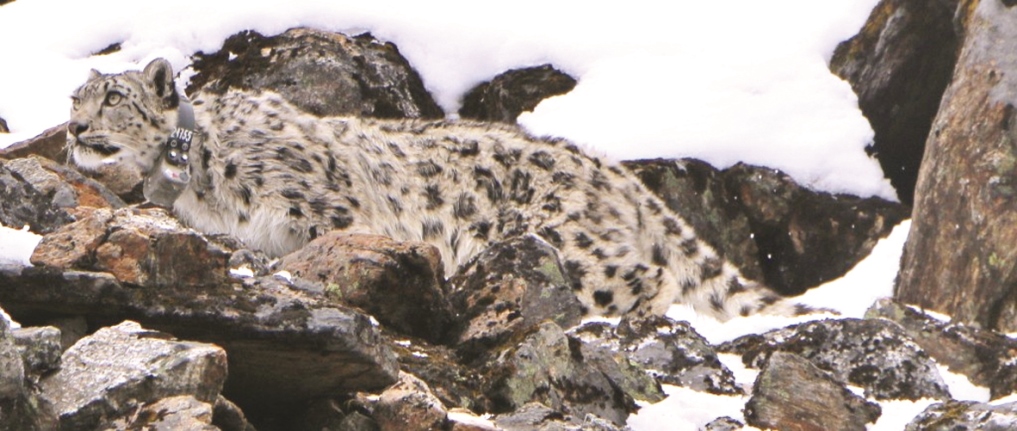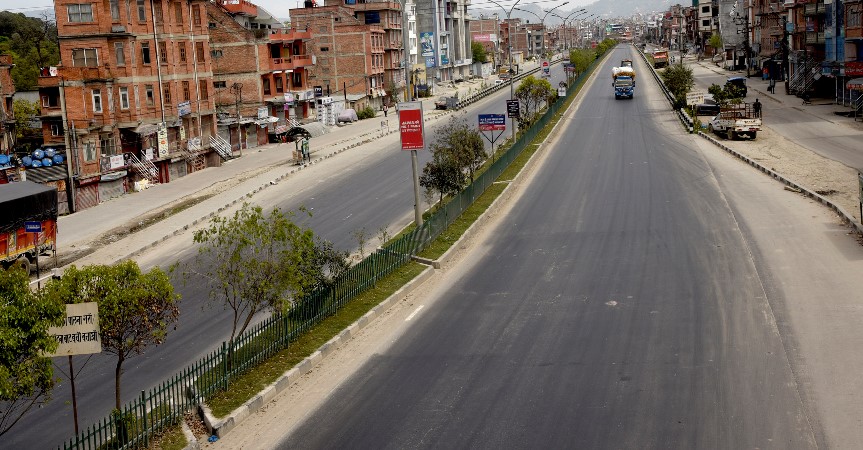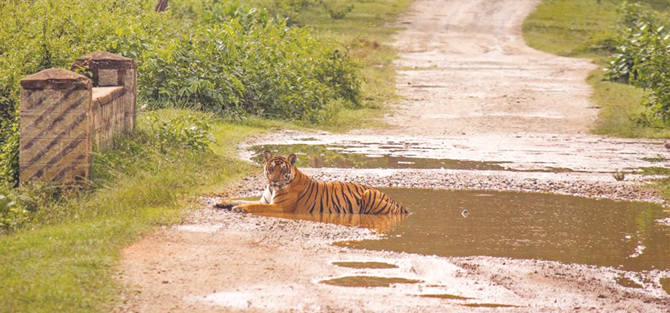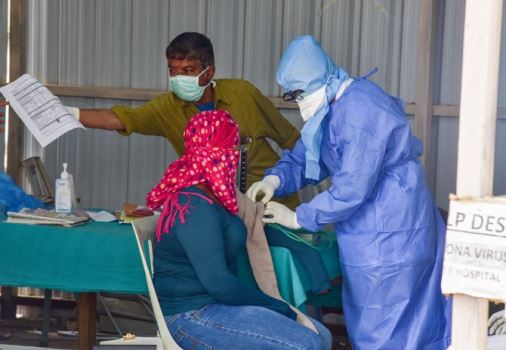Number of wild animals rise in Shey-Phoksundo National Park

By Indira Aryal
Kathmandu, Dec. 26: The number of wild animals in Shey-Phoksundo National Park (SPNP) has been on the rise ever since the Park took strict steps towards controlling wildlife poaching and their trafficking.
Covering 3,555 square kilometers, it is the largest National Park in the country. It is situated in the Trans-Himalayan region, in the northwest Nepal.
Snow leopard, Tibetan rabbit, Chiru (Tibetan antelope), Tibetan donkey, Bharal (Pseudois nayaur) and Himilayan Ghural, among other wild animals, are found in the SPNP. Having a terrain from lower Himalayan region to higher Himalayan and trans-Himalayan region, a variety of flora and fauna inhabit the Park.
The number of Nayaur (blue sheep) is more than any other wild animals in the Park, said Saroj Mani Poudel, chief warden of the National Park.
While there were 2076 Nayaur in 2018 (according to 2018 census), the number doubled to 4022 in 2019. Already conducted, the 2020 census is yet to be made public.
“It is a truly a remarkable achievement that poaching has been brought under control,” said Poudel, adding, “after 37 homemade guns were recovered from the core areas of the Park a few months ago, poaching activities saw gradual decline.” Home to 200 species of birds, including Danphe (Himalayan Monal), Chir (cheer pheasant), six species of reptiles and 32 species of butterflies, among others, the Park is rich in biodiversity.
As we conducted scientific research on the diet of the snow leopards, found in abundance there, we started preserving their food, because of which not only are they surviving in the Park, they are thriving as well,” Poudel said.
He added that the achievement was not achieved by the effort of the Park alone, and that various youth and community-based organisations working in anti-poaching activities played equally crucial role.
17 different consumer committees, 17 youth awareness generating units have been working for the protection of wild animals in the Park.
Additionally, Nature Guide Association, which was formed to train youths, has been imparting training to the youths working in the conservation sector, said Poudel.
Likewise, The Red Panda Conservation Committee, five Snow Leopard Conservation committees and 24 Buffer Zone Community Forests have been working tirelessly towards stopping poaching altogether, he added.
The Park has also tightened illegal trading of herbs found inside of it.
Poudel said that a campaign had been launched to end the malpractice of taking Jatamasi (Spikenard) to other districts and that Shey-Phoksundo Tourism Coordination Committee had been formed to promote tourism in the area.
Informing that Ghoral and Nyaurs had started reappearing in the main areas of the Park, he claimed that the increase in the number of wild animals is due to the stricter measures taken by the Park against poaching.
There are around 400 Red Pandas across the country and the SPNP provides the largest habitat for them. Their census, which was concluded recently, is yet to make its data public. So, it is hard to say how many Red Pandas are there in the Park, Poudel concluded.
Recent News

Do not make expressions casting dout on election: EC
14 Apr, 2022
CM Bhatta says may New Year 2079 BS inspire positive thinking
14 Apr, 2022
Three new cases, 44 recoveries in 24 hours
14 Apr, 2022
689 climbers of 84 teams so far acquire permits for climbing various peaks this spring season
14 Apr, 2022
How the rising cost of living crisis is impacting Nepal
14 Apr, 2022
US military confirms an interstellar meteor collided with Earth
14 Apr, 2022
Valneva Covid vaccine approved for use in UK
14 Apr, 2022
Chair Prachanda highlights need of unity among Maoist, Communist forces
14 Apr, 2022
Ranbir Kapoor and Alia Bhatt: Bollywood toasts star couple on wedding
14 Apr, 2022
President Bhandari confers decorations (Photo Feature)
14 Apr, 2022









